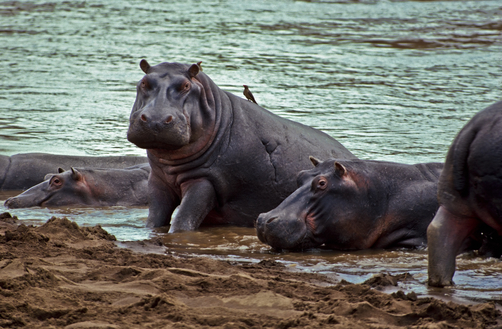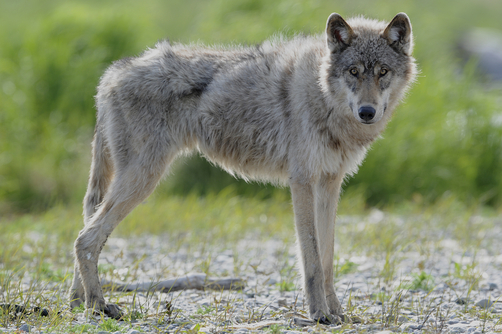
Do not get caught by the alligator snapping turtle!
- Alligator snapping turtles are the heaviest freshwater turtles, weighing on average 68 to 80 kilograms (150 to 180 pounds).
- ‘Alligator snapping turtles’ are also known as ‘alligator snappers’ and are from the family Chelydridae, a family of turtles.
- The scientific name of alligator snapping turtles is Macrochelys temminckii, named after the zoologist Coenraad Temminck.
- Alligator snapping turtles are native to the United States in the south-eastern areas, and they live in lakes, rivers and other aquatic habitats.
- Alligator snapping turtles have heads that are large and heavy, and a ridged-scaled shell that grows to between 40 to 80 centimetres (16 to 32 inches).
Alligator Snapper
Image courtesy of Gary J. Wood/ Flickr
- When ‘hunting’ for food, an alligator snapping turtle lies still and camouflages itself with its mouth open, and the worm shaped part on its tongue attracts its prey.
- Alligator snapping turtles eat fish and other aquatic animals or shore mammals, and they have strong jaws, and can bite a human finger off.
- Alligator snapping turtles can live from 20 to 70 years while in captive, and some believe that the turtles can live over 100 years in the wild.
- Alligator snapping turtles are sometimes kept as pets, but must be kept cautiously as well as being fed and held correctly.
- Alligator snapping turtles are commonly poached for its exotic meat and shell.
Bibliography:
Alligator Snapping Turtle, 2013, National Geographic, http://animals.nationalgeographic.com.au/animals/reptiles/alligator-snapping-turtle/
Alligator Snapping Turtle, 2013, Wikipedia, http://en.wikipedia.org/wiki/Alligator_snapping_turtle

























